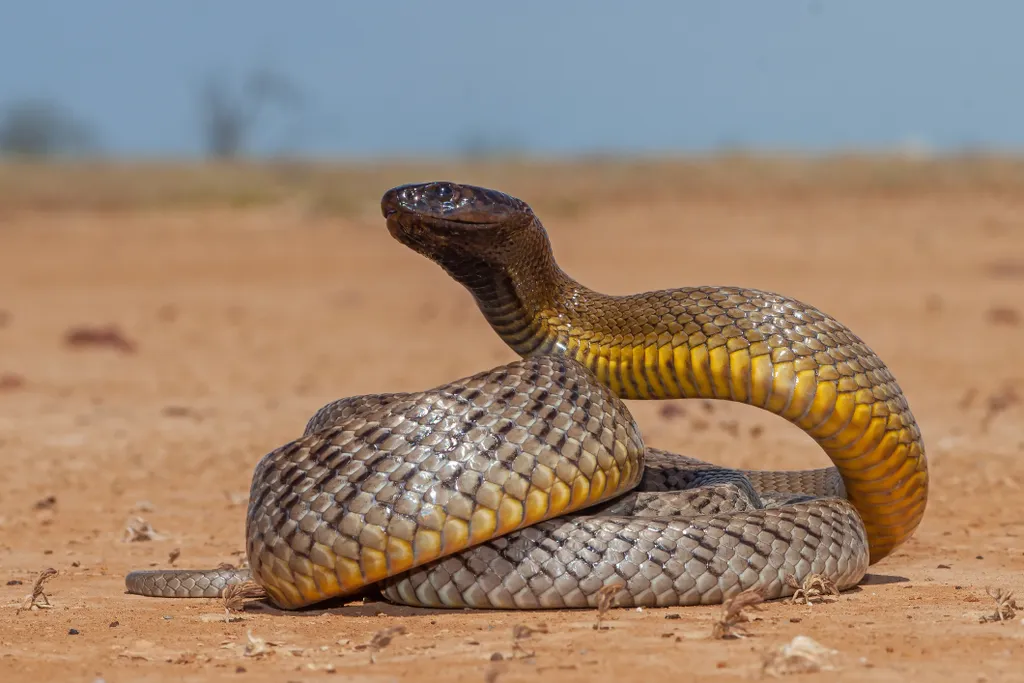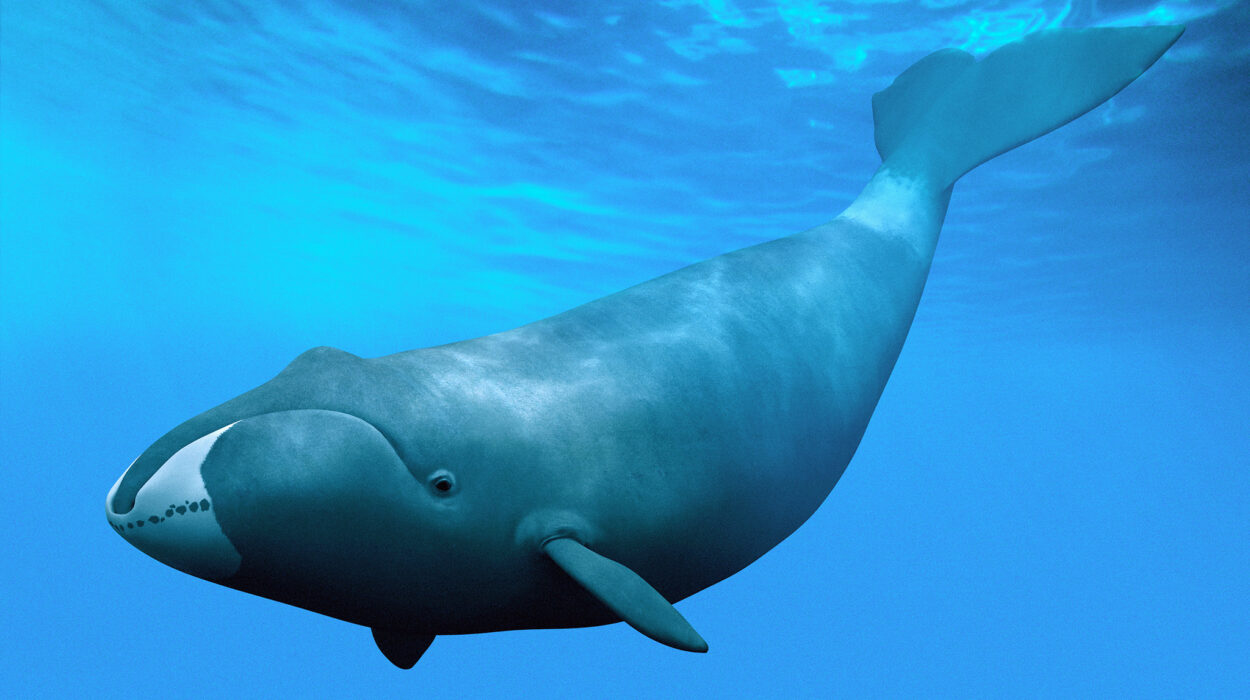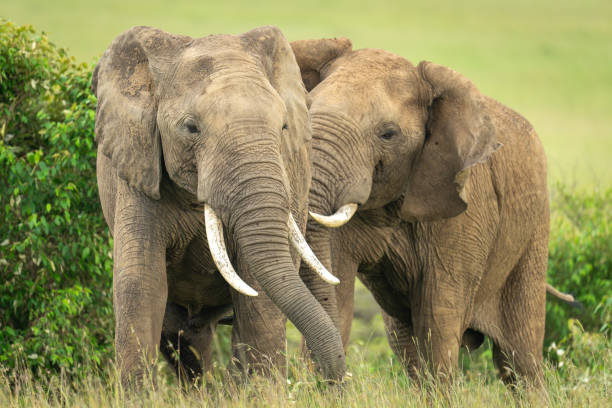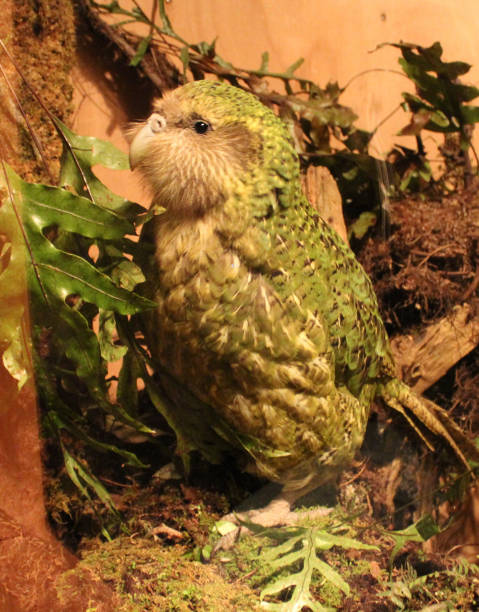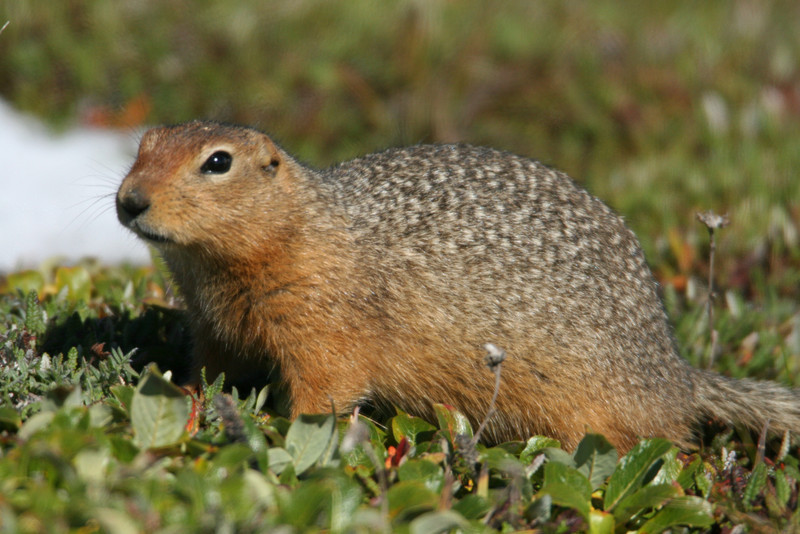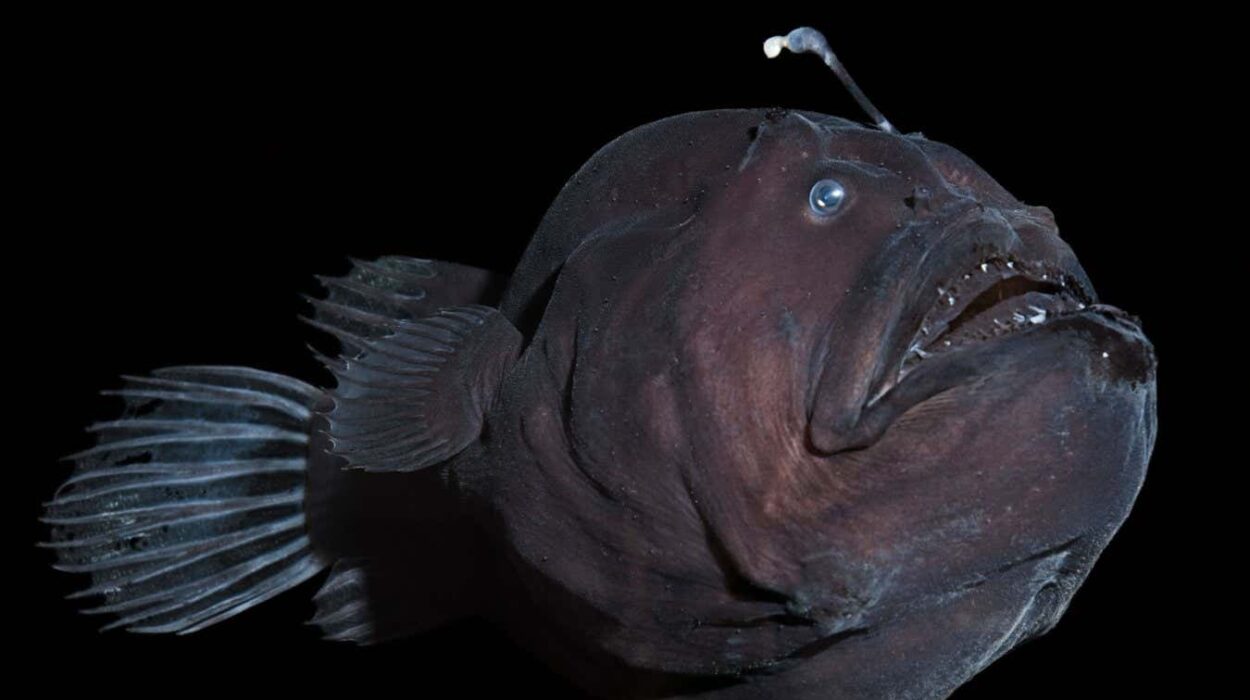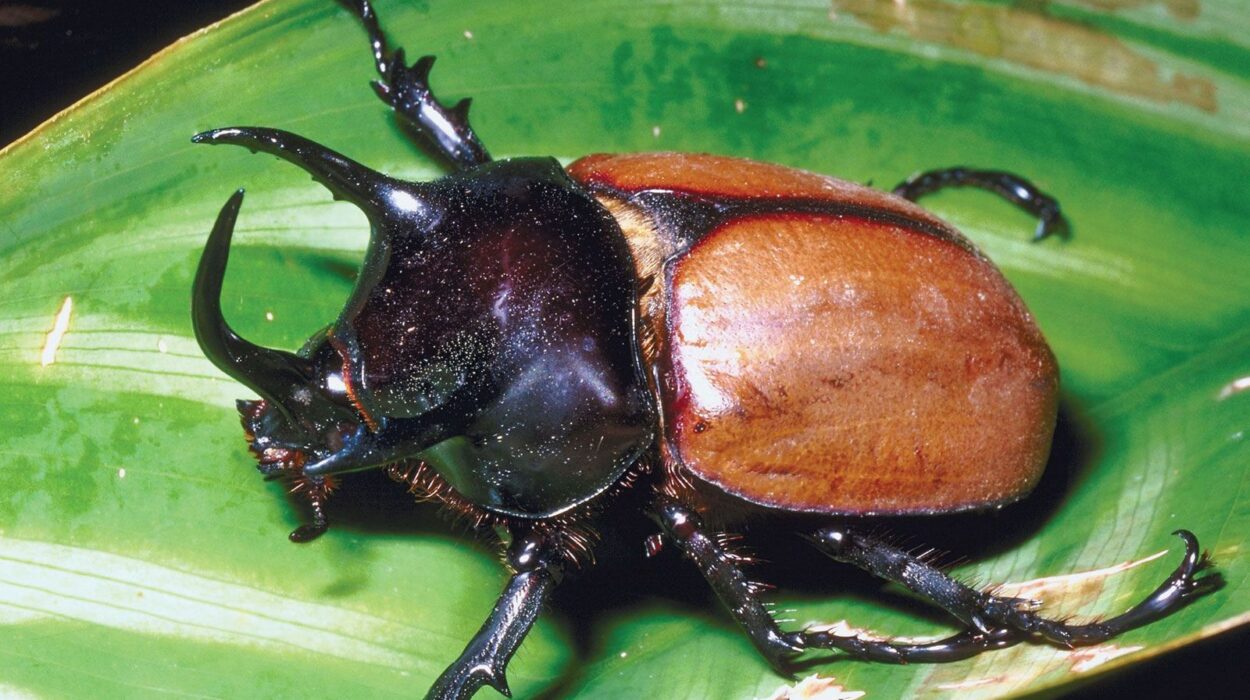There is a peculiar beauty in danger. Few creatures embody that paradox as powerfully as venomous snakes—sleek, silent, and graceful assassins of the natural world. They glide through grass and sand with elegance, carrying within their fangs a power that can kill with the subtlest strike. Yet, these creatures are not villains. They are masterpieces of evolution, designed for balance, not cruelty.
To fear snakes is natural, but to understand them is to marvel at life’s creativity. Venom is not mere poison—it is chemistry refined by millions of years. It paralyzes prey, digests it from within, and warns intruders that beauty can bite back. Among the world’s 3,000 species of snakes, roughly 600 are venomous, but only a fraction pose a serious threat to humans.
Here we journey into the shadowed world of the ten most venomous snakes on Earth—creatures so deadly that a single drop of their venom can tell a story of evolution, survival, and awe.
1. Inland Taipan – The Silent Assassin of the Outback
Deep in the arid heart of Australia lives a creature so deadly that it redefines the concept of venom. The Inland Taipan (Oxyuranus microlepidotus), also known as the “fierce snake,” is widely regarded as the most venomous snake in the world. Its venom is a masterpiece of biological engineering—a blend of neurotoxins, hemotoxins, and myotoxins so potent that one bite could theoretically kill over a hundred adult humans.
The Inland Taipan is not large, usually about two meters long, with a smooth, chocolate-brown body that changes shade with the seasons. Yet, despite its fearsome power, it is shy and secretive. It avoids humans at all costs, preferring to hunt small mammals in the solitude of Australia’s dry plains.
Its venom acts with terrifying speed. Within minutes, neurotoxins begin shutting down the nervous system, while procoagulants cause the victim’s blood to clot uncontrollably. Paralysis and organ failure soon follow. Fortunately, this snake’s temperament is calm—it rarely strikes unless provoked.
In many ways, the Inland Taipan represents nature’s paradox: a creature of unimaginable lethality that chooses peace over violence.
2. Eastern Brown Snake – The Deadly Shadow of Civilization
The Eastern Brown Snake (Pseudonaja textilis) is both beautiful and dangerous. Sleek, slender, and swift, it can move with breathtaking speed and strike multiple times in seconds. Native to Australia, this species is responsible for more snakebite deaths in the country than any other.
Its venom ranks second only to the Inland Taipan’s in potency. A cocktail of neurotoxins and coagulants, it attacks the nervous and circulatory systems, leading to paralysis and internal bleeding. Victims may collapse within minutes.
What makes the Eastern Brown particularly dangerous is its proximity to humans. It thrives in farmland, grasslands, and even suburban areas, where its prey—rodents—abound. Often, bites occur when someone accidentally steps too close.
Yet, beneath its fearsome reputation lies a truth shared by most snakes: it does not want to harm. Its strikes are defensive, a desperate attempt to warn and survive. In its smooth scales and wary eyes lies not malice, but instinct—a reminder that danger and beauty can live side by side.
3. Coastal Taipan – The Lightning of the Tropics
If the Inland Taipan is the desert’s assassin, the Coastal Taipan (Oxyuranus scutellatus) is the thunderbolt of the tropics. Found in northern Australia and New Guinea, it is large, fast, and terrifyingly intelligent.
Reaching lengths over 2.5 meters, the Coastal Taipan is a powerhouse of precision. Its venom, though slightly less potent than its inland cousin, is still among the deadliest in the world. Just one bite can kill a human in under 45 minutes without antivenom.
This snake hunts during the day, relying on sharp eyesight and quick reflexes. It doesn’t strike blindly—it aims with accuracy, often delivering multiple rapid bites before retreating. The venom floods the bloodstream with neurotoxins that paralyze the victim and hemotoxins that destroy red blood cells.
Despite its reputation, the Coastal Taipan is cautious. It prefers escape over confrontation, vanishing into undergrowth with astonishing speed. Its danger lies not in aggression, but in how swiftly nature can strike when cornered.
4. Black Mamba – The Phantom of Africa
In the dry savannas and rocky hills of sub-Saharan Africa lives a legend—the Black Mamba (Dendroaspis polylepis). Its name alone evokes fear. Long, sleek, and lightning-fast, it is the fastest and one of the most venomous snakes on Earth.
Contrary to myth, the Black Mamba isn’t black on the outside; its scales shimmer olive-brown. The name comes from the inky black interior of its mouth, revealed in a chilling threat display before it strikes.
A Black Mamba can reach speeds of up to 20 kilometers per hour, and its strikes are almost impossible to evade. Its venom is a blend of potent neurotoxins that paralyze muscles and block the heart and lungs. Without treatment, death can occur within 30 minutes.
Yet, like all snakes, it strikes only in defense. When left alone, it prefers to flee. But when threatened, it becomes fearless—a serpent of shadow and speed, embodying both grace and terror.
The Black Mamba’s legend has shaped African folklore for centuries. To see one in the wild is to glimpse both death and majesty in a single motion.
5. King Cobra – The Monarch of the Forest
There is no snake more regal than the King Cobra (Ophiophagus hannah). Stretching up to 5.5 meters, it is the longest venomous snake in the world—a living symbol of power and reverence.
Found across India, Southeast Asia, and Indonesia, the King Cobra commands both respect and fear. Its name, “Ophiophagus,” means “snake eater,” a testament to its diet of other serpents, including venomous ones.
Its venom is not the most potent by weight, but its sheer volume makes it deadly. A single bite can inject enough neurotoxin to kill an elephant or twenty humans. The venom attacks the respiratory center of the brain, causing paralysis and suffocation.
But the King Cobra is not a monster. It is intelligent, cautious, and surprisingly gentle toward humans unless threatened. It raises its hood, stands tall—sometimes as high as a person—and delivers a warning hiss that resonates like a growl.
The King Cobra is not just a predator; it is a protector. In some regions, it guards its eggs, a rare trait among snakes. When seen in the wild, it seems less a killer than a guardian spirit—a monarch of calm and controlled power.
6. Tiger Snake – The Striped Sentinel of the South
Beneath the golden grasses of southern Australia slithers the Tiger Snake (Notechis scutatus), its banded body a warning of lethal beauty. Named for its tiger-like stripes, this species combines striking coloration with one of the most dangerous venoms known to science.
Tiger Snakes are adaptable, living near rivers, marshes, and coastal plains. Their venom is a potent mix of neurotoxins, coagulants, and myotoxins, capable of shutting down the nervous system and destroying muscle tissue.
In Australia’s colonial era, the Tiger Snake was infamous for its fatal bites before antivenoms were developed. Today, thanks to modern medicine, fatalities are rare—but the species still commands deep respect.
When threatened, it flattens its neck like a cobra, hissing loudly before striking. Yet, like most venomous snakes, it bites only when cornered. In truth, it prefers the quiet murmur of wetlands, hunting frogs and rodents under the cover of reeds.
There is an ancient elegance in the Tiger Snake—a fusion of power and restraint, beauty and warning.
7. Boomslang – The Green Death from the Trees
Hidden among the leafy canopies of sub-Saharan Africa, the Boomslang (Dispholidus typus) waits in silence. Its name means “tree snake” in Afrikaans, and though it looks harmless, it is among the most venomous reptiles in the world.
The Boomslang’s venom is primarily hemotoxic—it destroys red blood cells and causes massive internal bleeding. Death may take hours or even days, but it comes inexorably, with the victim bleeding from the eyes, gums, and organs.
Unlike many venomous snakes, the Boomslang has rear fangs, meaning it must bite deeply to deliver venom. Yet even a single bite can be fatal. Its mild appearance—large eyes, delicate frame, and vivid green scales—masks a weapon of elegance and lethality.
One of the most famous cases of Boomslang envenomation involved herpetologist Karl Schmidt in 1957. After being bitten, he documented his symptoms in a diary until his death a day later. His final words were a tragic tribute to science—and a warning about underestimating nature.
8. Banded Krait – The Silent Sentinel of Asia
Gleaming bands of black and yellow coil across the Banded Krait (Bungarus fasciatus), a snake revered and feared throughout South and Southeast Asia. This nocturnal serpent, with its glossy armor-like scales, moves with slow, deliberate grace—yet its bite is among the most deadly.
Its venom contains powerful neurotoxins that paralyze the diaphragm and shut down the lungs. Strangely, victims often feel little pain at first; the venom works quietly, like a thief in the night. Without treatment, respiratory failure can occur within hours.
Despite its danger, the Banded Krait is a peaceful snake. It is shy, reluctant to bite, and usually found near rivers or rice fields. Many cultures regard it as a guardian spirit—a creature of wisdom rather than malice.
Its brilliance lies not only in its color but in its paradox: a deadly hunter that prefers silence to conflict.
9. Philippine Cobra – The Spitting Shadow
Among the archipelagos of the Philippines lives a cobra of legendary precision—the Philippine Cobra (Naja philippinensis). Unlike most of its relatives, it can project its venom with unerring accuracy up to three meters away, aiming for the eyes of an aggressor.
Its venom is a pure neurotoxin that targets the respiratory system, causing paralysis and death within 30 minutes. The venom is so potent that even a small amount entering the eyes can cause blindness.
Yet, despite its fearsome defense, the Philippine Cobra is reclusive. It prefers quiet farmlands and forest edges, feeding on frogs and small rodents. When cornered, it raises its hood and spits—a clear warning that beauty, in the wild, is often armed.
Its iridescent scales shimmer bronze and gold under sunlight, a cruel irony for a creature so deadly. But in that beauty lies balance: the cobra kills only when it must, never for cruelty, always for survival.
10. Belcher’s Sea Snake – The Ocean’s Whispering Death
Far from land, where the waves shimmer with sunlight, glides a serpent unlike any other. The Belcher’s Sea Snake (Hydrophis belcheri), often found in the coral reefs of the Indian and Pacific Oceans, is considered the most venomous sea snake in existence.
Its venom is more potent than any terrestrial snake—up to 100 times stronger than that of a cobra. Yet, it poses little threat to humans. The Belcher’s Sea Snake is calm and non-aggressive, biting only when provoked or handled roughly.
It feeds on small fish and eels, using its venom to paralyze prey instantly. Adapted to marine life, it has a paddle-like tail for swimming and can remain underwater for over half an hour.
Divers who encounter it often describe it as graceful, curious, and utterly mesmerizing—a ghost of the ocean that carries death but chooses peace.
In its silver-and-blue shimmer lies one of nature’s most humbling lessons: power and serenity can coexist.
The Science of Venom
Snake venom is one of nature’s most complex biochemical weapons. It is not a single substance but a mixture of enzymes, proteins, and peptides, each designed to target specific systems in the body. Some venoms attack nerves (neurotoxins), others destroy blood (hemotoxins) or tissue (myotoxins).
These toxins evolved not for cruelty but efficiency. Venom allows snakes to hunt prey larger than themselves and digest it safely. The same compounds that kill can also heal—scientists now use components of snake venom to develop drugs for blood pressure, cancer, and even strokes.
Every drop of venom is a scientific library—each molecule a record of evolution’s brilliance and brutality.
The Human Connection
Though snakes inspire fear, they are vital to ecosystems. They control rodent populations, balance prey cycles, and even support medical research. Their existence keeps nature in harmony.
Tragically, human misunderstanding often turns that balance into conflict. Habitat loss, persecution, and superstition threaten many venomous species. Yet, in their presence lies wisdom: snakes remind us that survival is not about domination, but coexistence.
When a cobra spreads its hood or a mamba slips through dry grass, it is not a threat—it is a story of evolution, whispered through scales and silence.
The Final Breath of Awe
The world’s most venomous snakes are more than symbols of danger—they are symbols of balance. They teach us that beauty can protect itself, that power can coexist with restraint.
From the desert’s fierce Inland Taipan to the ocean’s gentle Belcher’s Sea Snake, these creatures reveal the poetry of nature’s design. They are reminders that the wild is not cruel, only precise—that death and life dance together in every fang, every hiss, every shimmer of scale beneath the sun.
To look into the eyes of a venomous snake is to confront both fear and fascination—to feel, for a heartbeat, the pulse of the planet itself.
